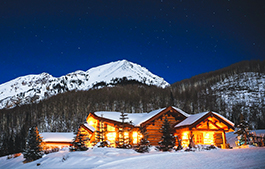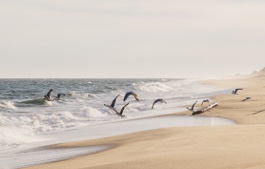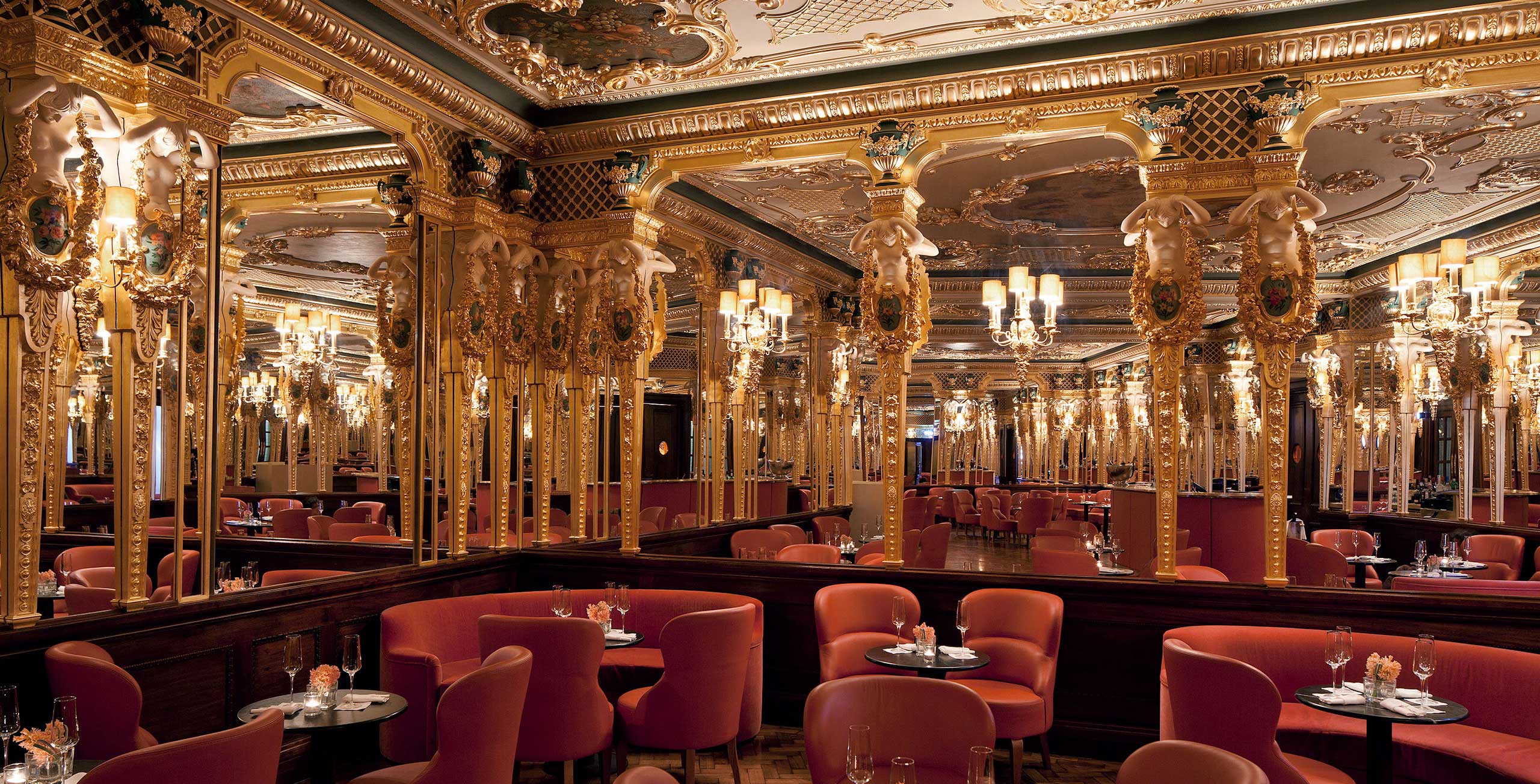
Café Society
London’s Café Royal has mixed free spirits and high society for more than a centuryOn July 3, 1973, David Bowie played his “retirement” concert at the Hammersmith Odeon in London. The following night, he threw a farewell party for Ziggy Stardust and, as expected, the guest list was one for the ages. Paul McCartney, Ringo Starr, Barbra Streisand, Cat Stevens, Sonny Bono, Keith Moon, Mick Jagger, and Lou Reed were on the invite list, creating what was possibly the world’s biggest musical brain trust in a single room. The venue Bowie chose was the Café Royal on Regent Street, a London institution with a hundred-year pedigree. Bowie had already hosted several post-show dinners there, but this night would be different. It would be his “Last Supper.”
As fans gathered outside, the inner circle arrived in Rolls-Royces and Bentleys, walked through the cafe’s honeyed marble entrance and into a series of spaces, including the Grill Room, a decadent, Louis XIV salon wrapped in mirrors and upheld by gilded caryatids (see above). Bowie entered in an iridescent, ice-blue suit with his wife, Angie. The DJ spun rock ’n’ roll and soul, and the menu offered salmon, strawberries and cream, and plenty of champagne. The evening escalated. Angie Bowie began dancing with Bianca Jagger, while Bowie himself was photographed getting intimate with Lou Reed. Cherry Vanilla, Bowie’s publicist, split her dress when she fell out of her platform heels, and a woman named Laurita allegedly exposed herself to Streisand.
In some ways, it was just another Wednesday night at the Royal.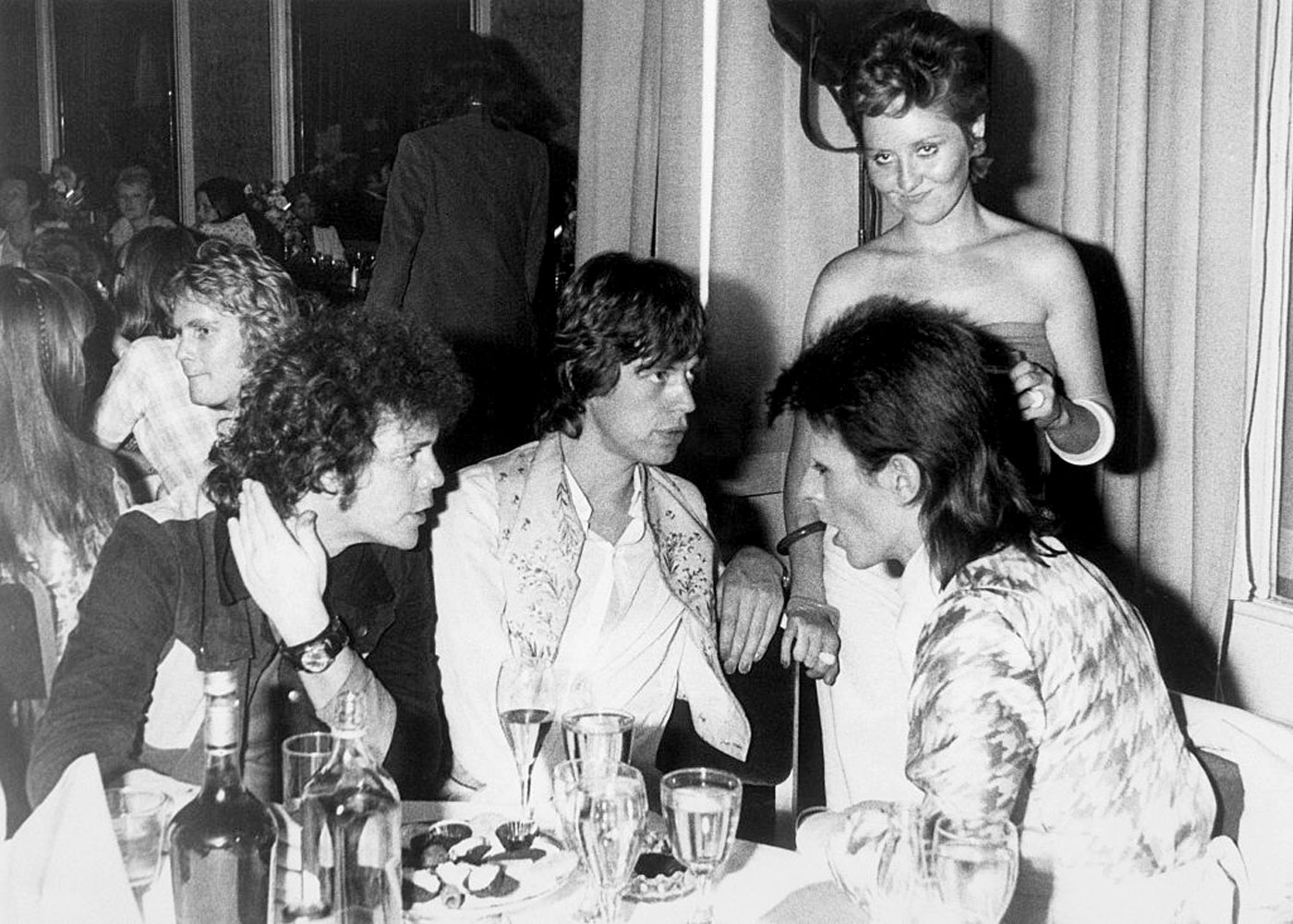
Bowie was only one of a string of luminaries that had made the famed London watering hole their lounge. Over the years, boxers, rockers, and blue bloods clinked glasses within the Café Royal, each bold-faced guest bringing a bit more glamour, and sometimes notoriety, to the legend of the place.
Founded in 1865 by Daniel Nicholas Thévenon, a French wine merchant who fled to London to escape bankruptcy in Paris, the café gave Victorian London a welcome dose of Continental élan. By the 1890s it was known for having one of the world’s best wine cellars, and for attracting a crowd that straddled the aristocracy and the demimonde: Oscar Wilde took his fill of absinthe there alongside illustrator Aubrey Beardsley and occultist Aleister Crowley. In the 1920s, Virginia Woolf, Noël Coward, and Winston Churchill were all known to dine at the café, and by the 1950s, when it became the home of the National Sporting Club, guests in black tie could dine ringside while boxers like Muhammad Ali proved their mettle. Other glamorous regulars included Brigitte Bardot and Elizabeth Taylor, who at times chose the Café Royal as the setting to unveil her latest jewels. Royals didn’t shy from the space either: future kings Edward VIII and George VI were regulars at lunch (a waiter’s log reads: “No fuss. Always plain food. Call head waiter at once and notify the manager.”)
In 2008, the father-and-son hoteliers Alfred and Georgi Akirov purchased the Café Royal, beginning a four-year renovation project that revamped the existing venue and introduced a luxury hotel on the premises. In 2012, the Hotel Café Royal reopened its doors: tastefully restored and as beautiful as ever. The work of architect Sir David Chipperfield, known for his mastery in redoing the Neues Museum in Berlin, the hotel has become an instant landmark in the city—for its history, of course, but also for a timeless design and a distinctly British look that modernizes the belle epoque façades of Regent Street and brings them indoors.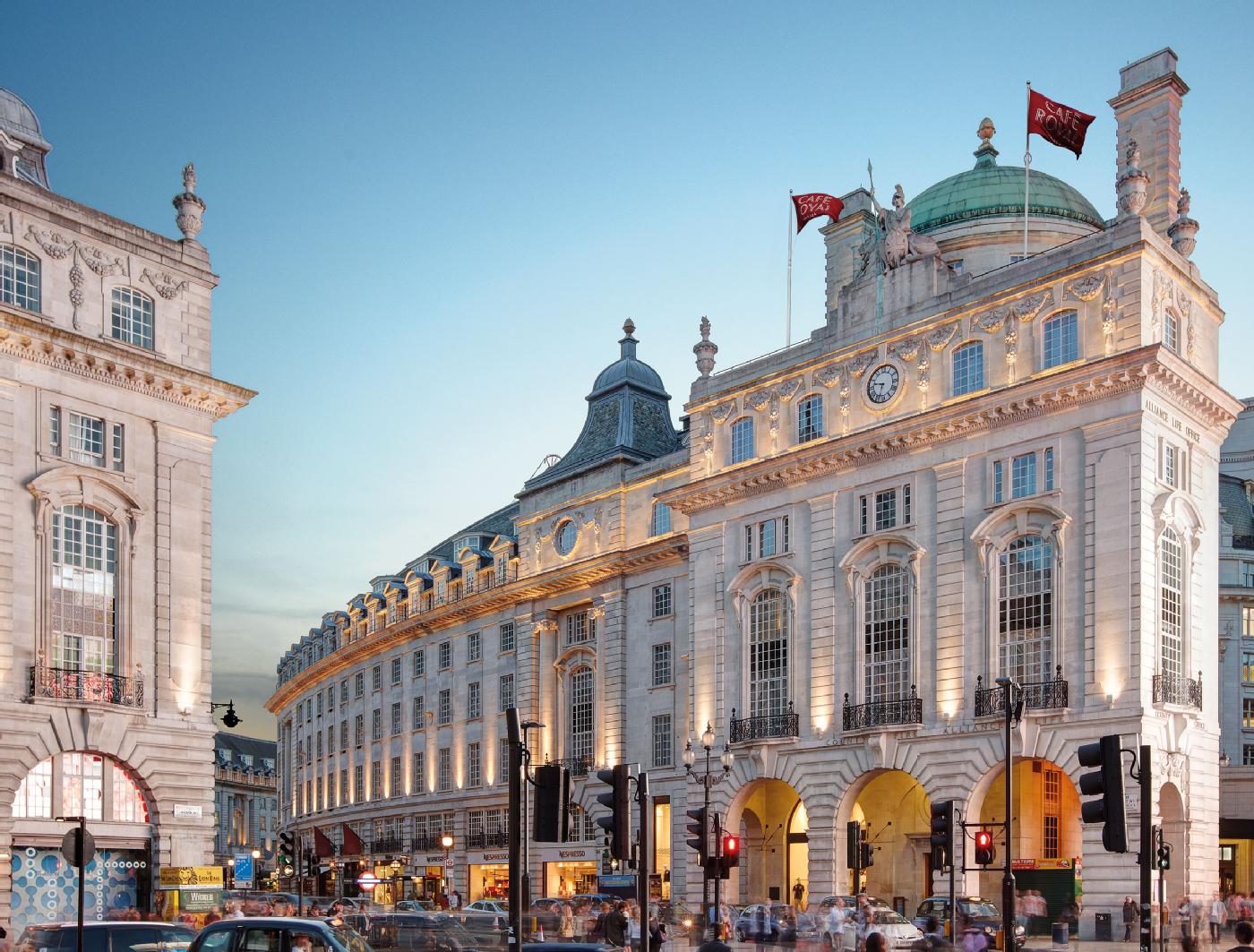
Visitors today can take Royal Tea in the Oscar Wilde Bar (formerly the Grill Room), sip on cocktails (or a few pours of absinthe) at the Green Bar, grab dinner in the Ten Room, or top off a meal with a selection of beautifully plated sweets at the city’s first dessert restaurant. Below ground, the Akasha Spa offers a 60-foot lap pool and the steamy repose of hammam and sauna facilities, while an array of richly appointed penthouse suites beckon upstairs.
For all these modern improvements, the true draw of the hotel lies in its pedigree, the gold dust left behind by generations of pleasure-seekers, from Charles Dickens to Princess Diana. Be sure to make a stop at the Oscar Wilde Bar, one of the settings for David Bowie’s Last Supper and the spot where Louis Armstrong was known to give performances. Some 150 years old, it’s still the beating heart of the place. Inside, there’s soft laughter, the clink of champagne glasses, and a whisper-quiet exhortation to stay a little later, have another glass, and see where the night might take you.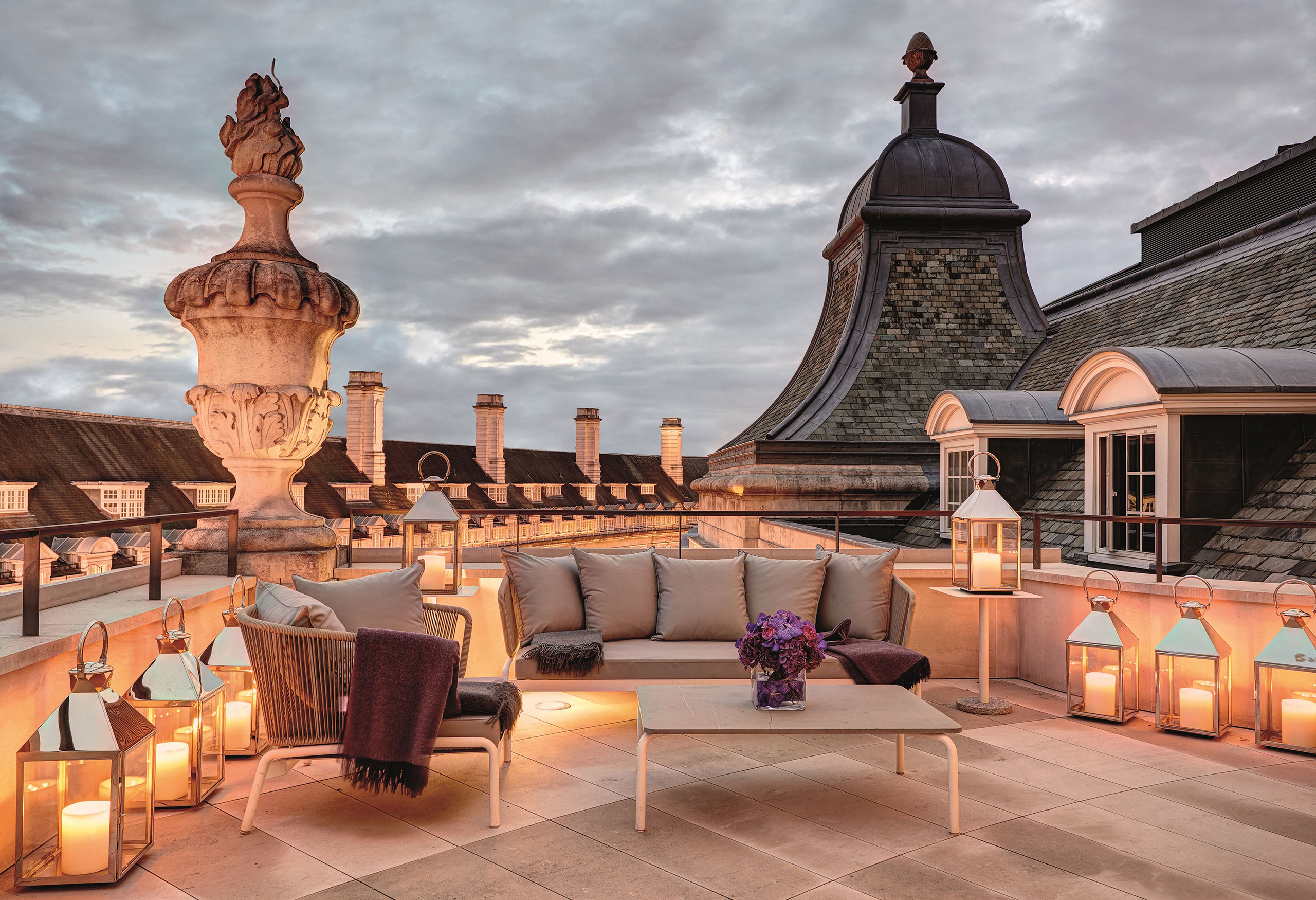
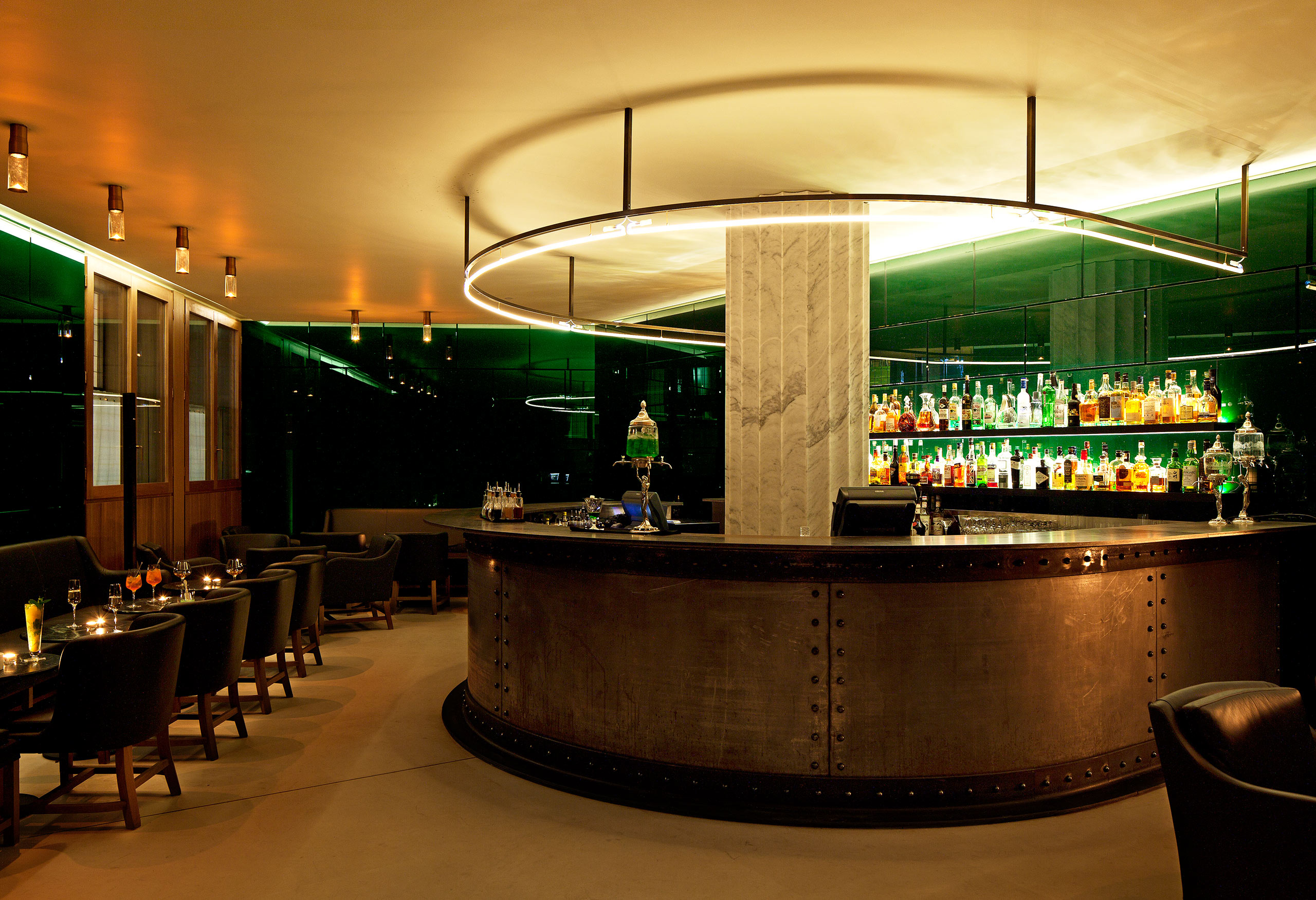
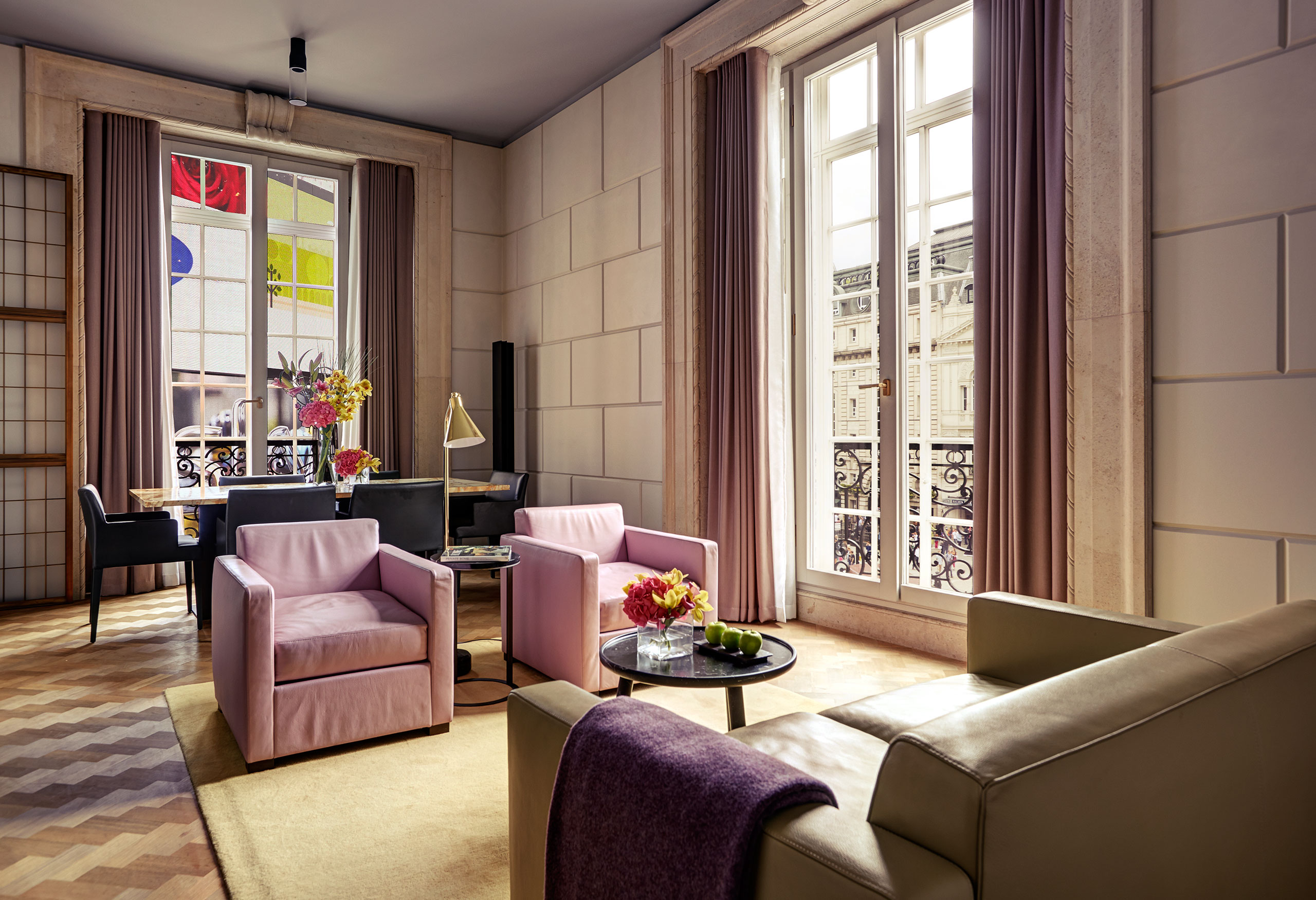
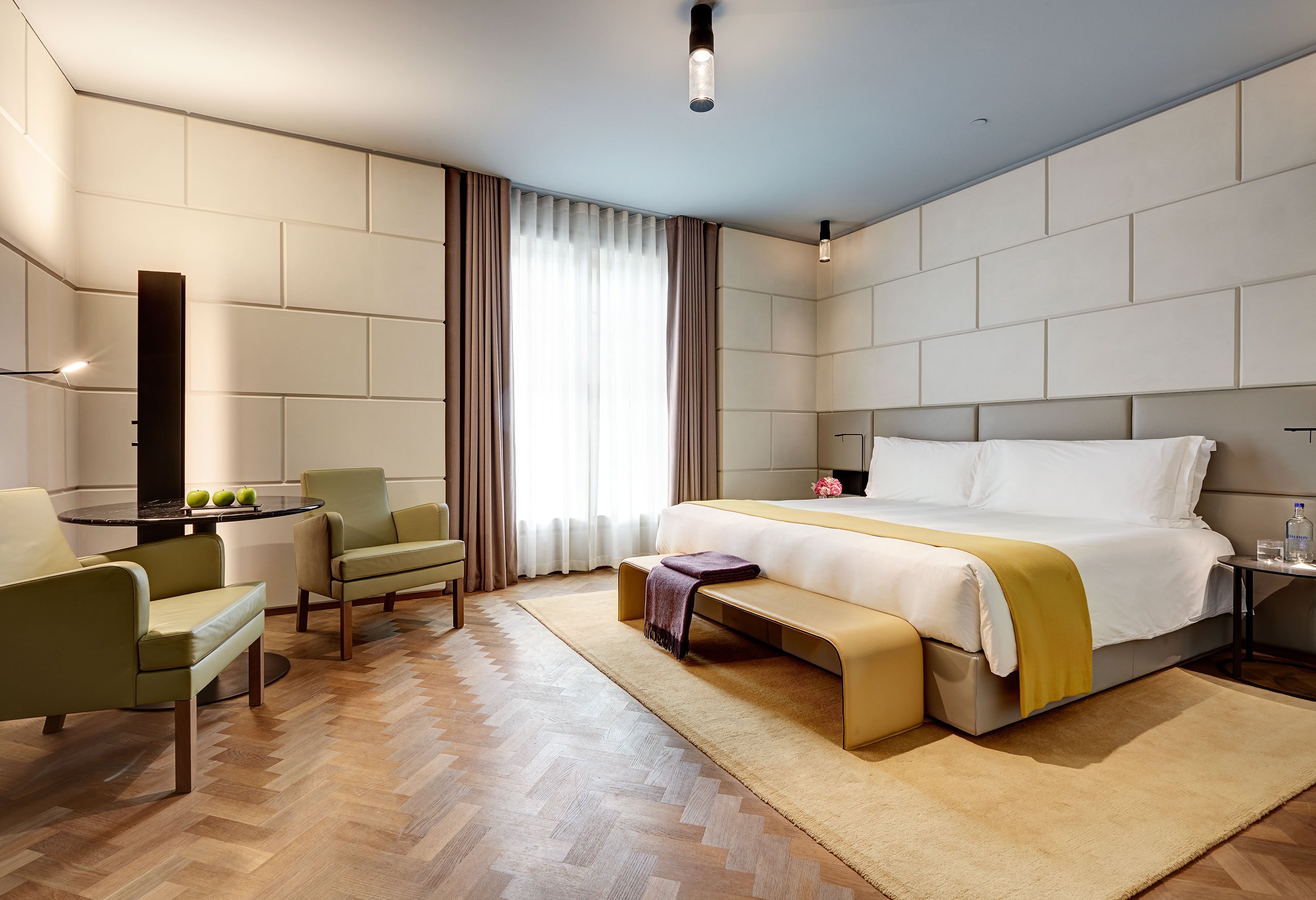
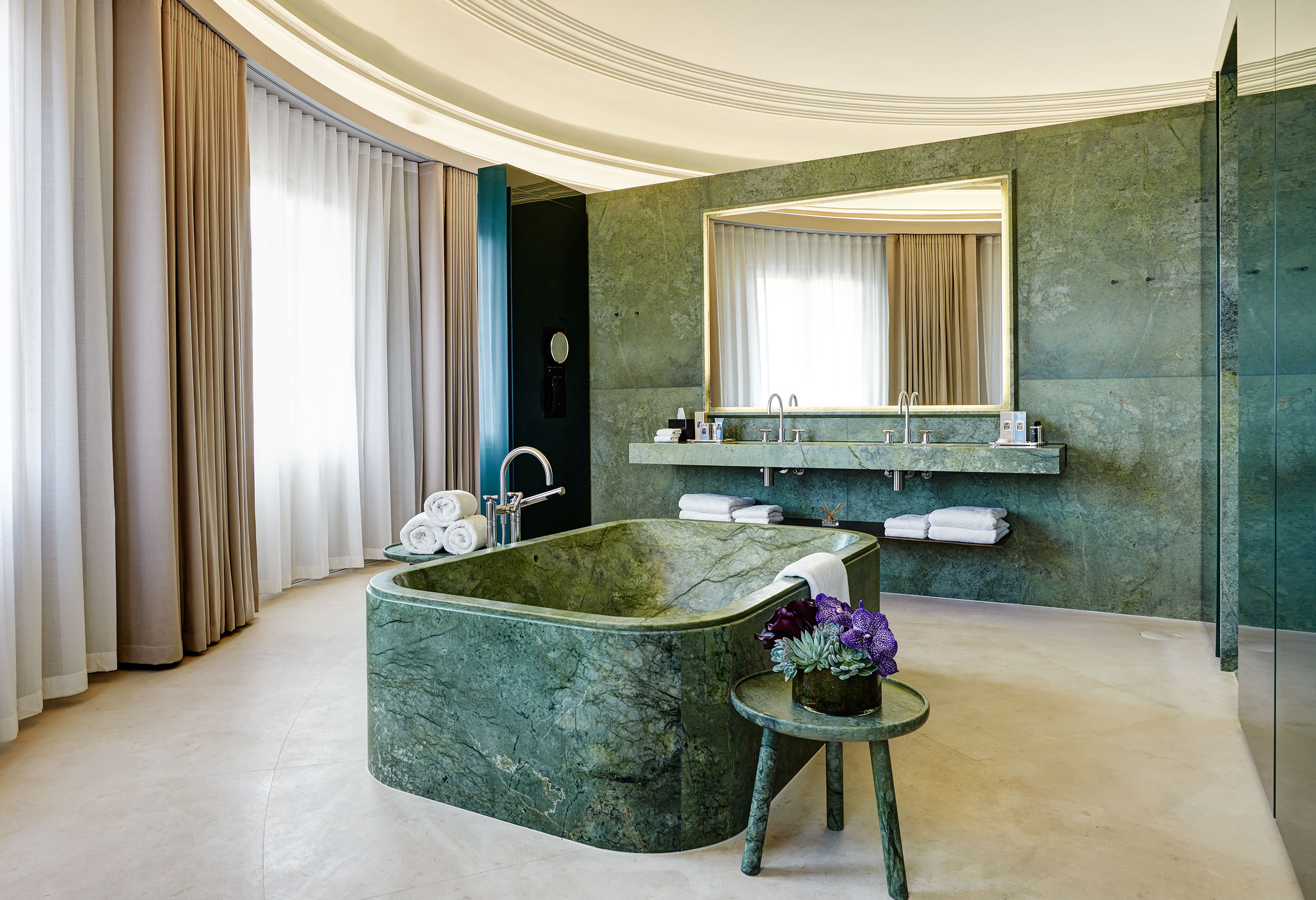
- COURTESY OF HOTEL CAFE ROYAL
- COURTESY OF GETTY IMAGES




